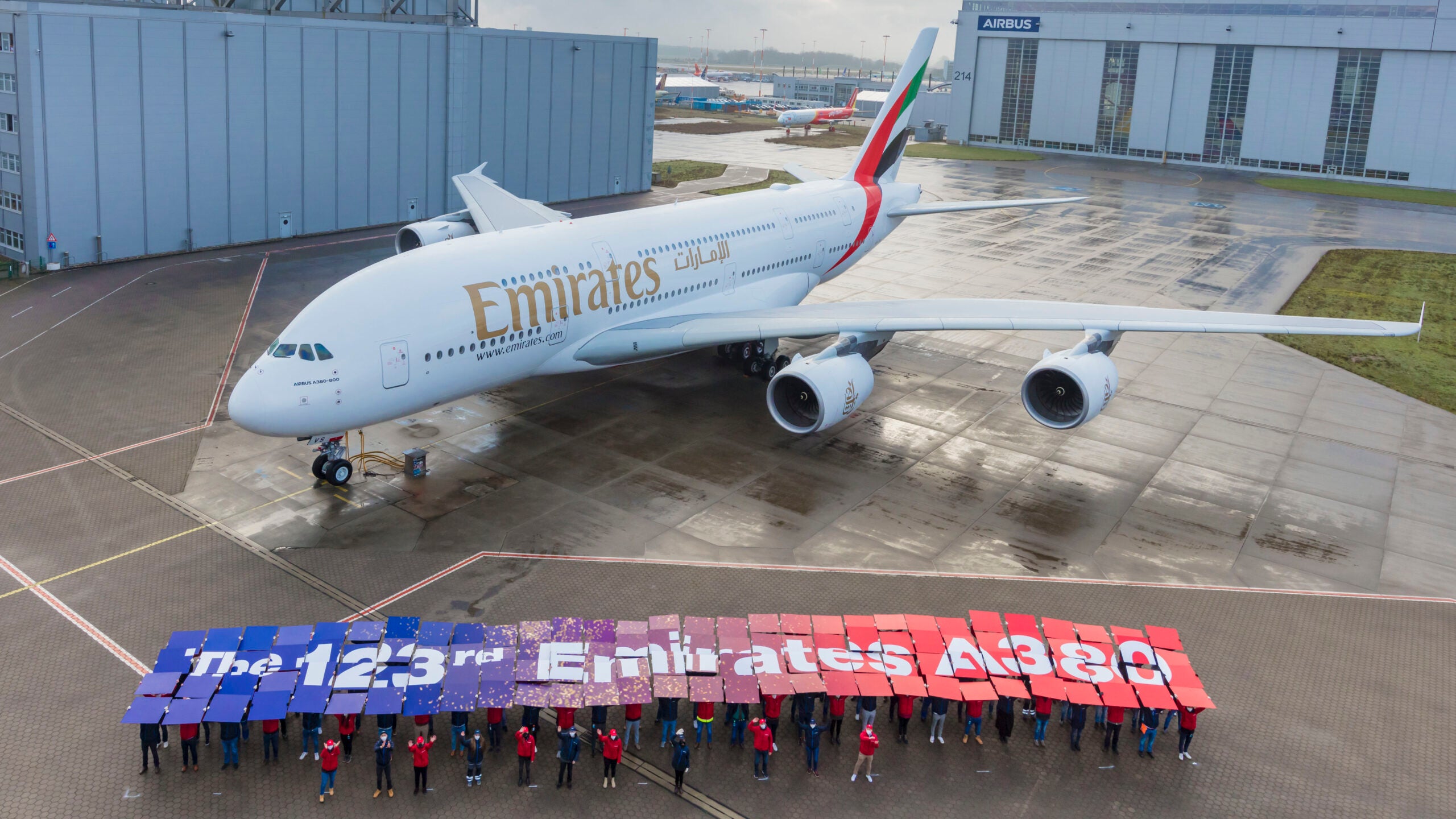The last example of the Airbus A380, the world’s biggest airliner in terms of passenger capacity, has been handed over to its customer, ending a production run that fell well short of the hopes pinned on the ‘Super Jumbo.’ In the end, changing requirements in the airline industry brought the manufacture of the A380 to a premature end with 251 aircraft completed. That’s just one more than the total production run for Lockheed’s L-1011 TriStar.
This afternoon, the last production A380, known to Airbus as MSN 272, took off from the manufacturer’s facility in Hamburg, Germany, where it had been painted and finished out, and then headed for its customer, the Dubai-based carrier Emirates. The departure was without fanfare, with Airbus deciding against a formal event, officially due to COVID-19, but likely also due to the company being unwilling to highlight the failings of this ambitious project.
Since the program was formally launched in December 2000, the A380 has been all about superlatives. The four-engine behemoth is over 238 feet long, with a wingspan of 262 feet, and can lift off at a weight of roughly 634 tons. The A380 was offered to customers with seating for up to 853 passengers across its two decks, compared to 410 in a three-class layout for Boeing’s 747-8 Intercontinental. However, most airlines opted for more modest capacity, with a 545-seat, four-class arrangement.
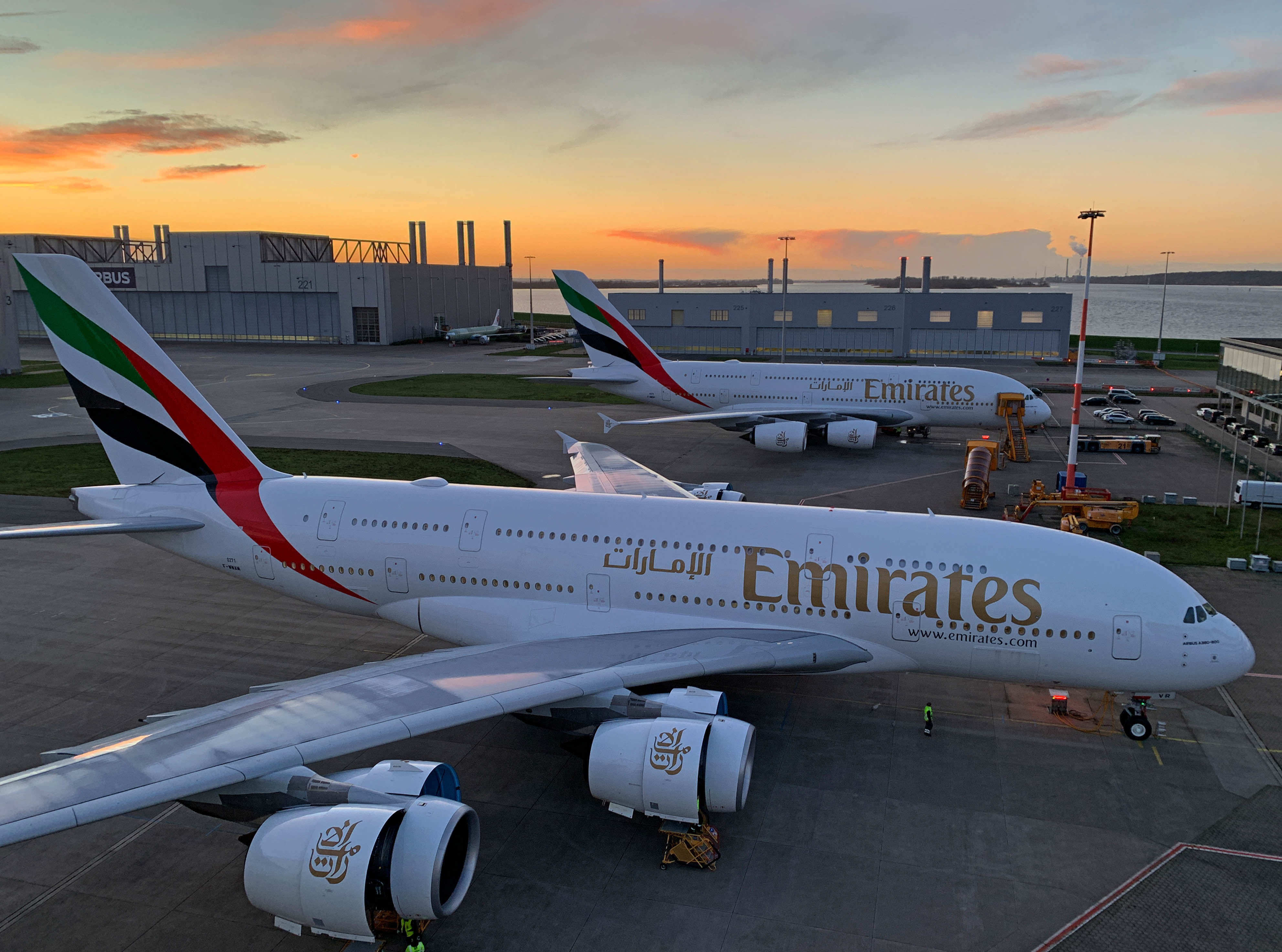
First flown in Toulouse in April 2005, the A380 began commercial services with Singapore Airlines in October 2007. By the time production came to an end this year, the Super Jumbo had been ordered by 14 customers, of which Emirates is the biggest by a considerable margin, owning roughly half of all the jets produced. Nevertheless, the total fell well short of expectations, Airbus having once hoped to sell 1,200 examples.
Along the way, the A380 has won plaudits for its passenger experience. For the average passenger, the airliner’s size offers a more comfortable experience, while the well-heeled traveler can even enjoy the luxury of the famous first-class ‘Apartment’ suites found on Etihad’s jets. Etihad and Emirates are the United Arab Emirates’ two flag carriers.
Flight crew, too, have praised the A380 for its flying qualities. “Airbus have managed to engineer the A380 so that it feels just like a much smaller plane like the A320,” former A380 captain Alex Scerri told BBC News. “It’s remarkably nimble, and it really doesn’t feel like a 600-tonne aircraft.”

But the business case that was supposed to underpin the A380 project was less successful.
Before 9/11, it was confidently predicted that the growth in air transport would see the pressure on the bigger airport hubs continue to increase. To cope with this pressure, the Airbus solution was to provide an airliner with a much bigger capacity, thereby cutting the number of flights required over the same routes. Despite its size, the A380 is able to use around 400 airports worldwide, but the basic model was always a hub-and-spoke approach, with the Super Jumbo servicing the bigger airports, while smaller airliners operated on connecting flights.
Things worked out differently, though. Instead, commercial air transport began to be dominated by efficient twin-engine airliners, smaller than the A380 or 747, but able to fly very long distances more cheaply. Aided by advances in engine technology, composite construction, and aerodynamics, airliners like the long-range versions of the 777, and later the cutting-edge 787 Dreamliner and A350, proved to be much more popular, not least due to the fact they were cheaper to acquire and operate compared to the giant Airbus.
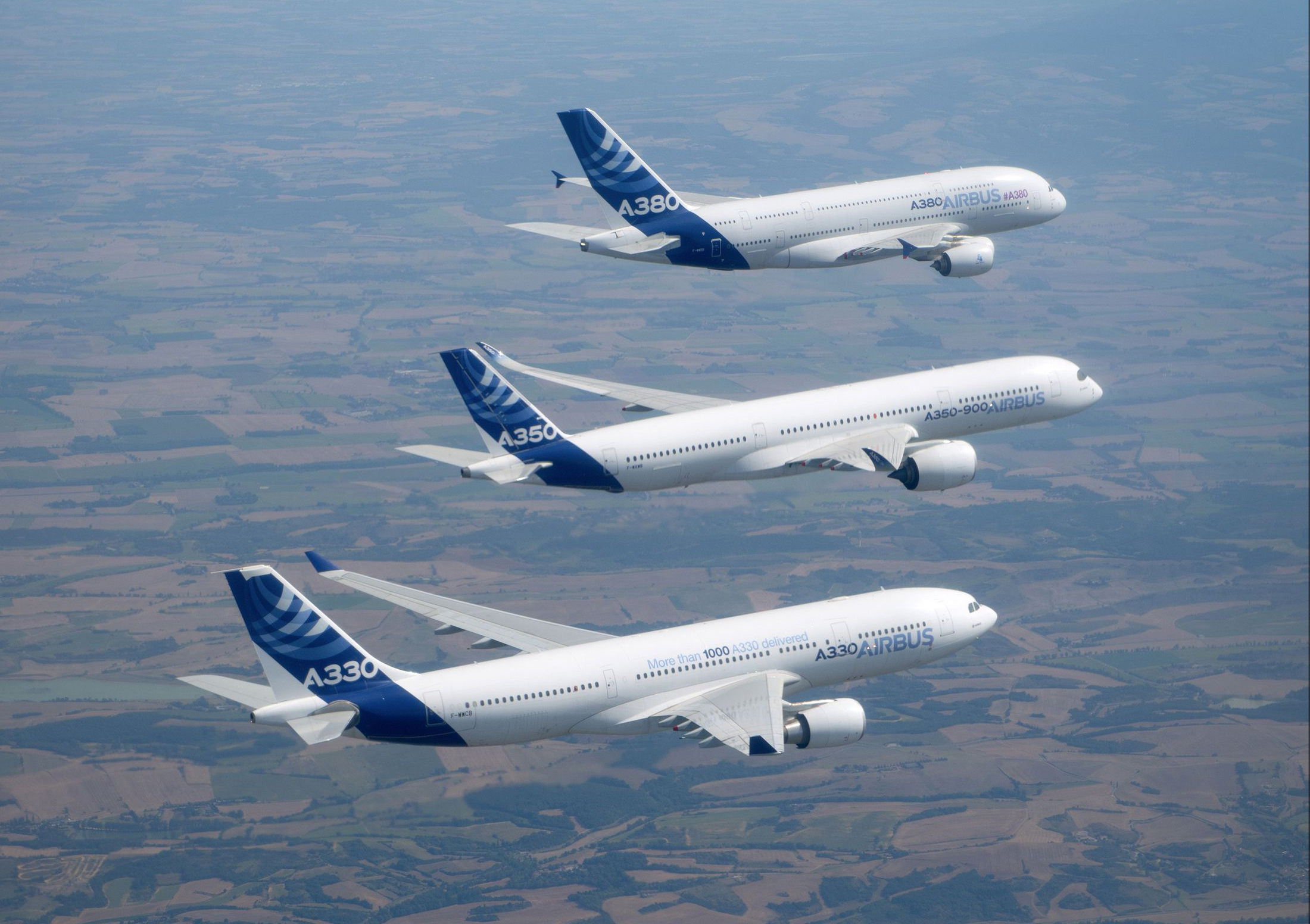
Delays in actually getting the A380 to customers also dented the program’s prospects. Once it was available, it was hamstrung by older-generation engines and construction materials that made it look increasingly obsolescent.
By the time that deliveries of the A380 had begun, most airlines were looking forward to the 787 Dreamliner and A350 instead, with these advanced jets offering carriers the flexibility of being able to operate on less-dense routes between smaller airports, while still making money, as well as reaching more distant destinations.
In 2019, Airbus announced plans to wind up A380 production by the end of 2021. Last year, Boeing also confirmed plans to cease production of the venerable 747, the very aircraft the A380 had been drafted to beat. Of the two, the U.S. design will be the clear winner, with more than 1,550 examples of that aircraft having being built, including multiple different variants, over a period of more than five decades.
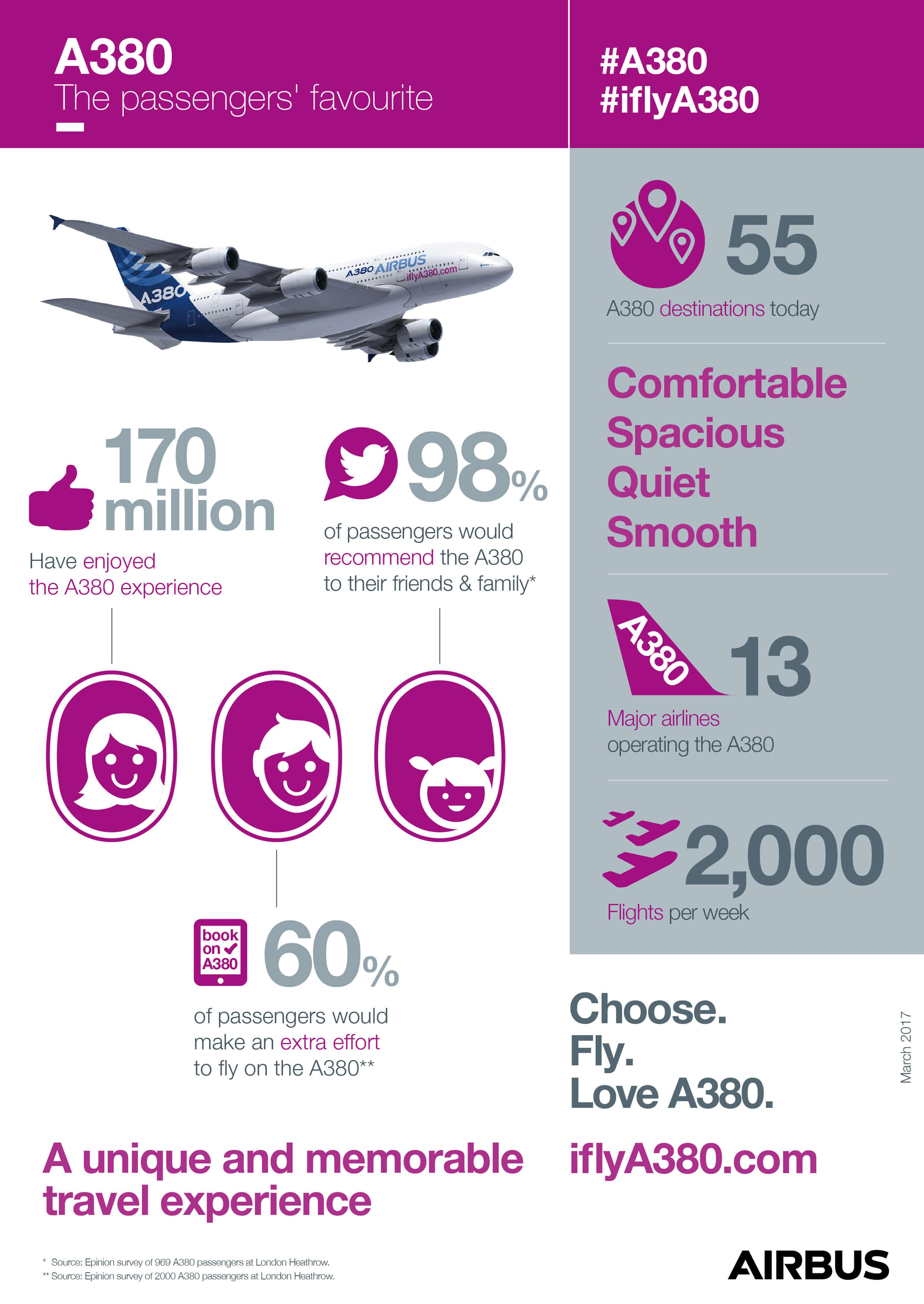
Ultimately, the $25 billion invested in the development of the A380 did not pay off.
On the way, however, Airbus learned valuable lessons, not least in terms of bringing together major components from production sites across Europe, most of which had to be transported by road and by ship, being too large for the company’s bespoke A330-based Beluga XL freighters. “Airbus would never have been able to reach its current leadership position without this aircraft program,” the company said in a recent statement. “It has made it possible to compete with others’ competitors by offering a full range of products.”
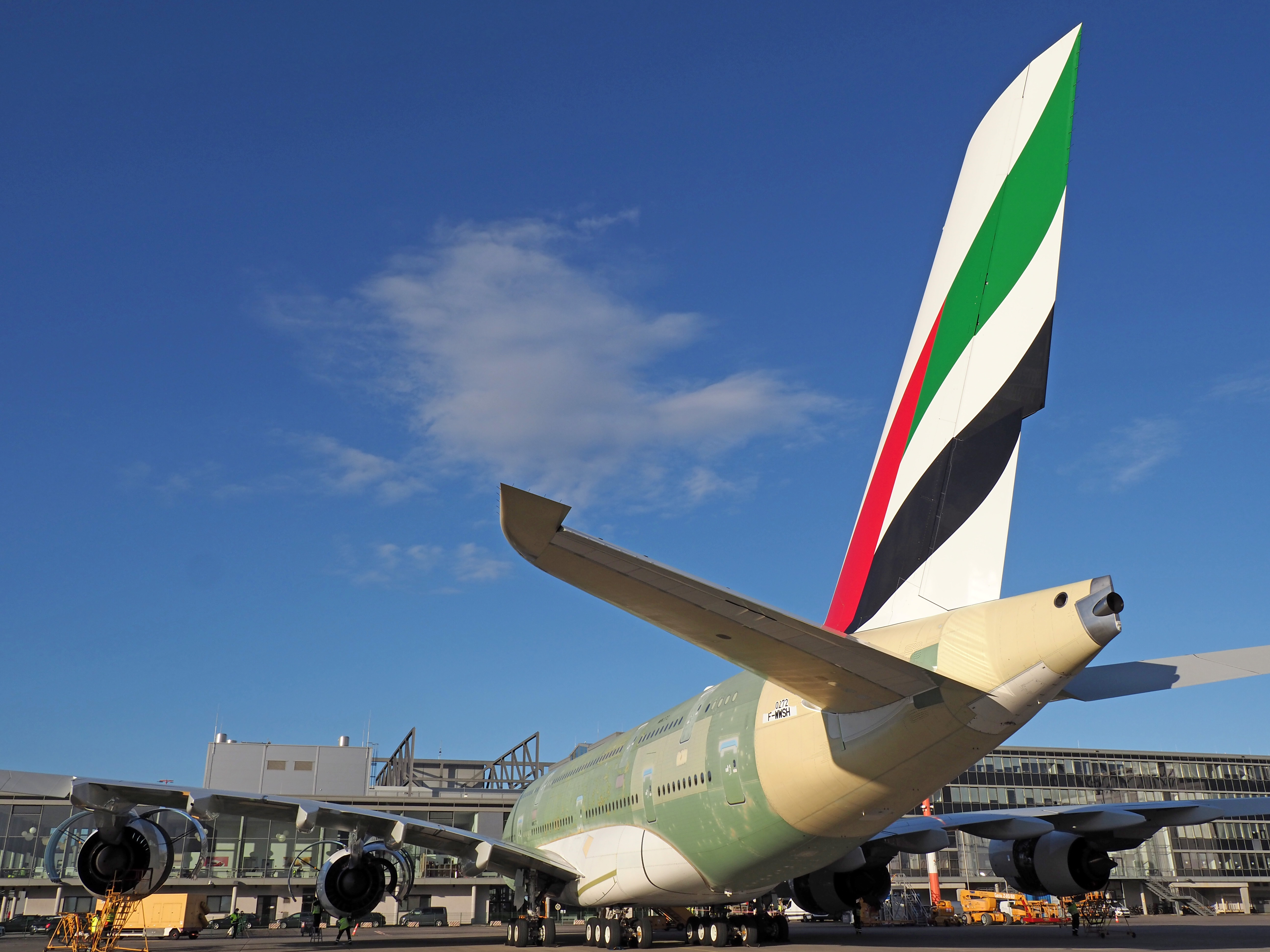
While a commercial disappointment for the manufacturer, most of the airlines that bought the A380 have stuck with it, for now at least. Some of these carriers continue to get good value from it. Emirates, for example, generated 85 percent of its pre-pandemic profits through A380 operations.
Of the original A380 operators, Air France and Lufthansa, are two high-profile carriers who have phased out the type. However, that still leaves Asiana, British Airways, China Southern, Emirates, Etihad, Korean Air, Malaysia Airlines, Qantas, Qatar Airways, Singapore Airlines, Thai Airways, and ANA.
For operators like Emirates, which has ordered 123 examples, the A380 remains a viable proposition for its extensive network of high-density, long-haul routes. Rather than being part of a predicted revolution in air transport, the Super Jumbo has instead ended up filling niche roles in the industry. The most striking example is perhaps Emirates’ use of the A380 on the world’s shortest scheduled service for the type, a distance of just 217 miles from Dubai to Muscat in Oman, in a time of just less than an hour.
Still, while the A380 has been fundamental to the Emirates success story, it and other operators grounded some or all of their fleets amid the downturn in the airline industry as a result of the COVID-19 pandemic. Seven of the Super Jumbos, still nearly new in airliner terms, were even sent for scrapping. The fact that no buyers could be found for the second-hand aircraft demonstrates to what degree the industry has changed since the A380 appeared.
With Emirates at least, the immediate future of the A380 looks secure, with plans for the airline to continue flying the Super Jumbo into the mid-2030s, at least. By global airliner standards, the total A380 fleet is small, making sustainment a potential issue, but Emirates has signed an agreement with maintenance provider Spairliners to secure a supply of spares for its aircraft. Still, the airline has already identified the Boeing 777X as a replacement for at least some of its Super Jumbos.
“With the 777X gradually slipping in to replace the A380s that eventually go retire, we will have a leaner, very fuel-efficient, environmentally friendly (not that there isn’t a moment) but a network that will probably be 30% larger, in terms of cities, than it is today,” Emirates’ President Tim Clark said earlier this year.
Emirates is one of the airlines meanwhile in the process of refurbishing its A380 cabins for continued service, together with Singapore Airlines, and Qantas.
Now that production had ended, however, it’s inevitably the beginning of the end, with a gradual drawdown of the global A380 fleet.
The current climate suggests that the days of the super-sized airliner are numbered. By the same token, however, the A380 story demonstrates just how quickly things can change in the commercial aviation marketplace. With that in mind, it’s possible we could see a return of Super Jumbo concepts in the future, although that is would be very unlikely.
Update, December 17: One of the biggest proponents of the A380, the president of Emirates, Tim Clark, has gone on record to say that he is “convinced that in the fullness of time and with the benefit of rapidly advancing technologies in aerospace, there will be a place for a new, environmentally friendly aircraft of this size.” As well as heaping more praise on the A380, Clark observed that a future Super Jumbo would likely still be required at some point to address the predicted future growth in commercial air transport.

Contact the author: thomas@thedrive.com
